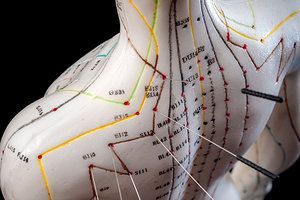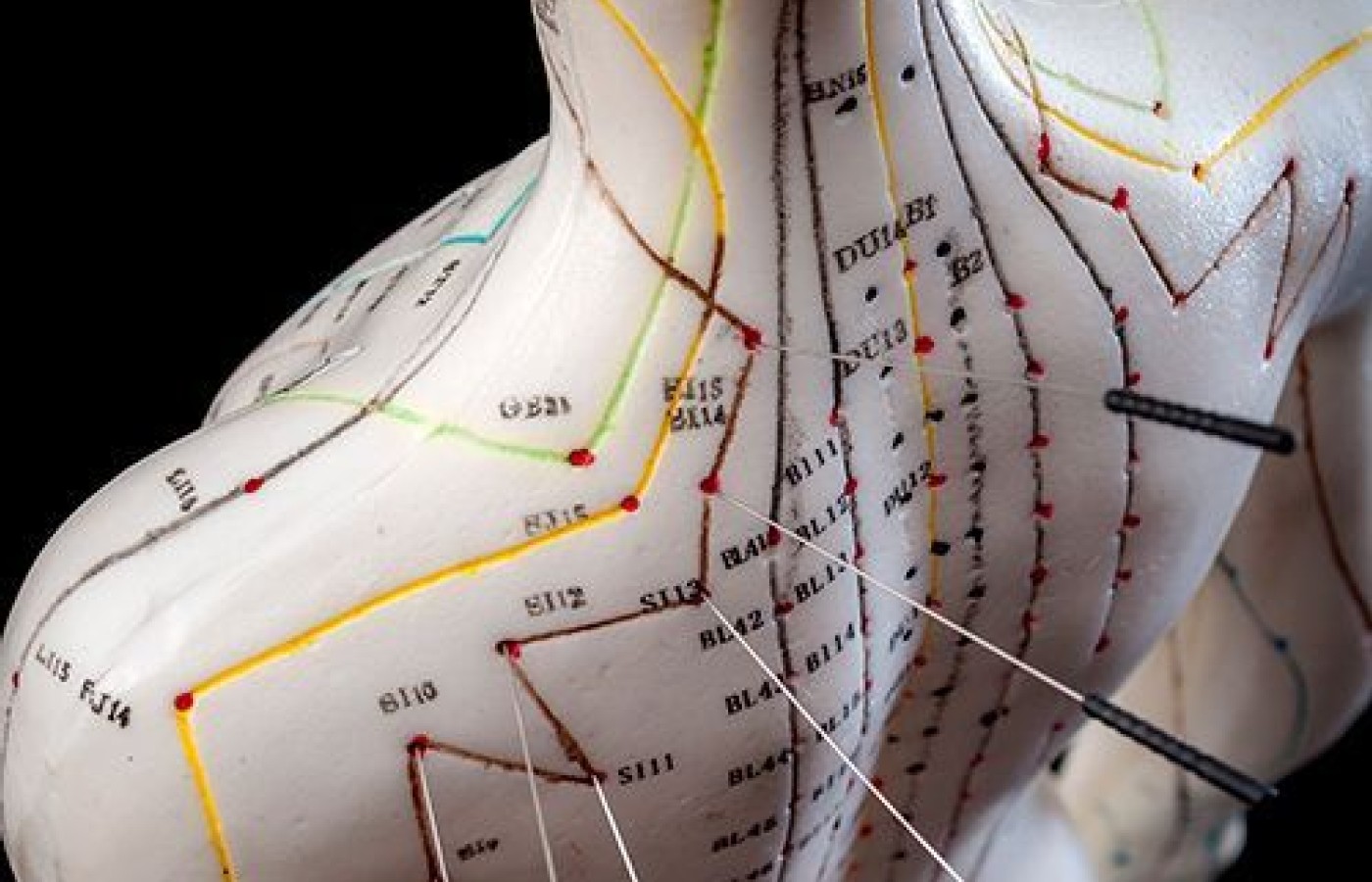Whether you accept it, avoid it or live somewhere in between, insurance coverage has become a defining issue for our profession. Patients increasingly expect to use their benefits, practitioners want to be compensated fairly for their time and expertise, and the system itself remains – at best – fragmented. The encouraging news is that coverage has expanded in meaningful ways. The challenging news is that reimbursement, across the board, remains inadequate.
Releasing PTSD With the Vibrational Acu-Point Method
In a recent article I described the psychology and physiology of trauma, as it relates to the brain. Here, you will learn about a remarkably effective method for rapidly releasing the imprints of PTSD, or Post-Traumatic Stress Disorder.
PTSD is characterized by frequent anxiety, insomnia, nightmares, social avoidance and high sensitivity to stimuli. These unpleasant experiences can be triggered by things that seem harmless and innocent to most people, such as social mixers, movies, relationship challenges and unexpected noises. These experiences bring up past traumatic experiences so intensely that the person re-lives them. Such experiences are called "triggers." Basically PTSD is reliving past traumatic events when you get triggered—whether you want to or not.
An effective psycho-therapy for treating PTSD is called EMDR, or Eye Movement Desensitization and Repatterning. In an EMDR session a trained therapist moves an object back and forth in front of a patient's eyes, asking him to track the movement with his eyes. While doing this, the therapist will guide the patient to think about a traumatic memory that has been disturbing him. There are additional steps to EMDR.
Many therapists claim high success rates with this method. It is generally believed that 5-6 sessions or more are required to significantly relieve distressing symptoms associated with a past traumatic event. I will now describe a newer method using vibrational medicine that equals or exceeds the results of EMDR, and usually relieves distressing symptoms of PTSD in one or two sessions.
Understanding TERS

This method was largely pioneered by clinical psychologist Greg Nevens, with contributions by myself. Dr. Nevens called this method TERS, or Traumatic Emotional Re-Integration System, so I will continue with that name in this article. The basic technique of TERS is to apply specific forms of stimulation to bi-lateral acupuncture points while guiding the client to visualize a traumatic memory. Points most commonly used are on the upper extremities, although psycho-emotional points on other areas also serve well.
While acupuncture needling could be used to stimulate the bilateral points results seem to be much better using a set of two microlight probe electrodes that simultaneously output microcurrent and color light therapy. Here is why—when microcurrent probe electrodes are applied to a set of bilateral acupuncture points, such as Pc 6 the gentle electric currents are directed back and forth between the two probe tips. Because the points used are bilateral the pathway of the current moves up the arms through the neck and head area, reversing current direction every 3-4 seconds.
Think about it, having microcurrents coursing back and forth through the head area is similar to the back and forth eye tracking movement employed in EMDR. It appears to have a similar effect on the brain and its electrical networks. We can confirm this through reported client results, almost all clients receiving TERS report significant relief of the distressing symptoms associated with their traumatic memories. Such symptoms include anxiety, nightmares, depression, high sensitivity to stimulation and more.
Factors to Consider
We believe that the surprisingly rapid effects of TERS are based on these factors:
- The Body Electric: Low frequency microcurrents moving through the neck and head area seems to have a calming and/or regulating effect on the electrical currents of the brain.
- Calming with Color: When color light is applied simultaneously with microcurrent through bilateral acu-points it adds another dimension of effect. Colors influence the chakras of the body and have strong effects on emotion and affect. An important part of TERS is selecting colors of light that evoke an emotional tone that is balancing for the client. For example the color orange is associated with the second chakra and feelings of childlike joy and creativity. Traumatized clients who feel that they never enjoyed the innocence of childhood could feel very nurtured by having orange light applied to selected acu-points or chakras on their bodies.
- Frequency Resonance: Pulse rates, or frequencies of microcurrent can be selected for stimulation through the probe electrodes that specifically resonate with affected organs, body systems or emotional states, further amplifying the beneficial effects. For example, the frequency of 347 Hz is known to resonate with the amygdala, almond-shaped parts of the mid-brain that trigger the body's trauma response. Using that frequency of microcurrent may ease traumatic reactions associated with the amygdala.
- Accessing the Body's Control Panel: The acupuncture points selected for TERS treatment are also highly significant. We usually use points that have Chinese names suggesting psycho-emotional effects, such as Inner Gate (Pc 6), Outer Gate (TW 5) or Foot Near to Tears (GB 41).
I call this approach of combining several complimentary vibrational methods multi-modal therapy, and have experienced many outstanding results using it. I have seen patients with long term depression and anxiety disorders feel more relaxed and grounded, and people with long-term phobias feel much less reactive toward the object of their phobia, both after single clinical sessions.
The general rule is that at least one TERS treatment is required for each traumatic memory that is currently disturbing a client. When a client has multiple traumatic memories they will require multiple sessions.
I have thought a lot about why this approach is so effective. What I believe is that it works so well because TERS taps into several universal laws of energy and healing. Universal laws are how everything in the universe works. Some of the universal laws expressed through TERS are the Law of Polarity, the Law of Resonance, the Law of Correspondence, the Law of Consciousness and more. Bottom line—the more closely a clinical technique expresses a universal law, the better it works. When a clinical technique or approach taps into multiple universal laws it usually works even better.



